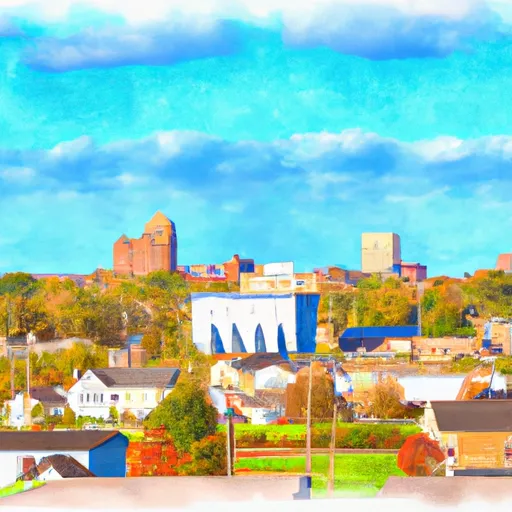°F
°F
mph
Windspeed
%
Humidity











Streetsboro, Ohio is a charming city located in Portage County. The climate in Streetsboro is considered to be a humid continental climate, characterized by hot summers and cold winters. Summers are typically warm and humid with temperatures averaging in the 80s Fahrenheit, while winters are cold with temperatures often dropping below freezing.
Streetsboro is surrounded by several bodies of water, including the Cuyahoga River and several small lakes and ponds. These hydrology constituents provide opportunities for various outdoor activities such as fishing, boating, and kayaking. The Cuyahoga River, in particular, is well-known for its scenic beauty and offers opportunities for canoeing and wildlife observation.
In addition to water-based activities, Streetsboro also boasts a range of outdoor recreation opportunities. The city is home to several parks and nature preserves, such as Tinker's Creek State Nature Preserve and the Streetsboro City Park. These areas offer hiking trails, picnic spots, and playgrounds, making them ideal for family outings and nature enthusiasts.
Overall, Streetsboro, Ohio provides a diverse climate, beautiful waterways, and ample outdoor recreational opportunities for residents and visitors to enjoy throughout the year.
Weather Forecast
Streetsboro receives approximately 1046mm of rain per year, with humidity levels near 81% and air temperatures averaging around 10°C. Streetsboro has a plant hardyness factor of 6, meaning plants and agriculture in this region thrive during a short period during spring and early summer. Most plants will die off during the colder winter months.
Regional Streamflow Levels
8
Cubic Feet Per Second
63
Cubic Feet Per Second
100
Cubic Feet Per Second
28
Cubic Feet Per Second
Nearby Camping
| Camping Area | Reservations | Toilets | Showers |
|---|---|---|---|
| Silver Springs - Stow | |||
| Perry Township Park | |||
| Petersburg Boat Landing | |||
| Punderson State Park |



